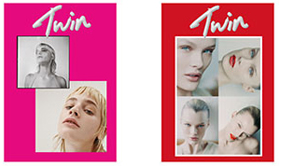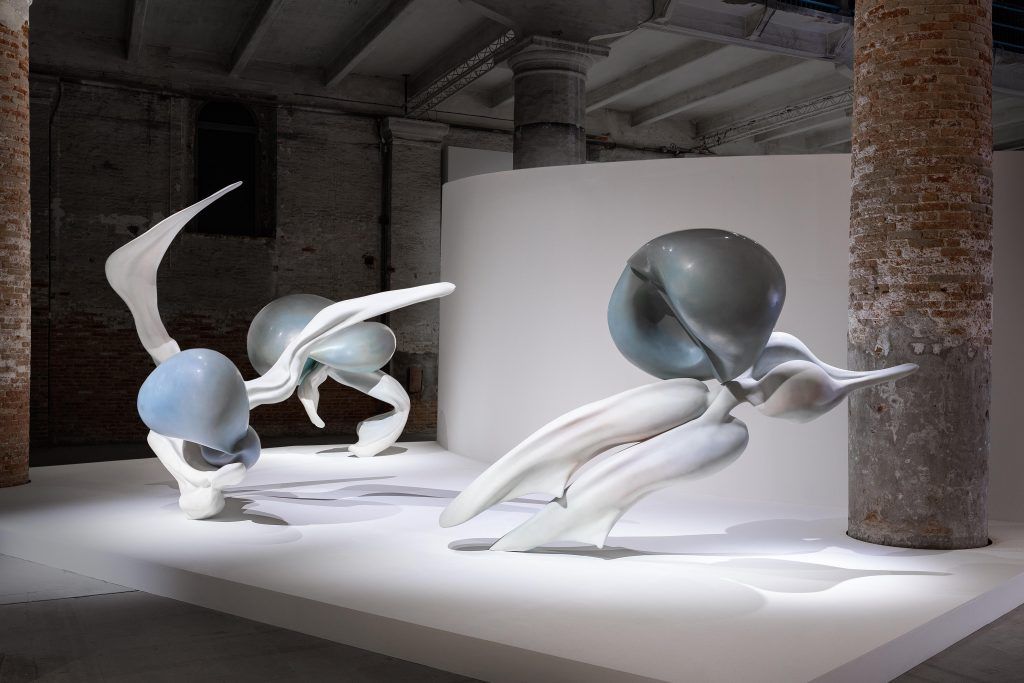
Natural Companions: Ecosystems and Existence in the art of Marguerite Humeau
Marguerite Humeau is an artist unafraid of realization the imaginary. Her art practices fuses historic and futuristic research with the skills of craftsmanship and design, and the emotions and ideas of sprituality, philosophy and science. The French artist has been based in London since she studied at the Royal College of Art, and shows at White Cube in the UK and C L E A R I N G in Brussels and New York. She has had stand out solo shows at Tate Britain, Lafayette Anticipations, Jeu de Paume and New Museum, as well as inclusions in the most recent Venice Biennale, Sydney Biennial and Kunsthalle Basel. She’s an artist who is unafraid of working big, bold and addressing the huge issues of existence.
Humeau’s aesthetic is shifting. Best known for giant fluid biological style sculptural installations with sound elements, her new projects are pushing medium, collaboration and what her projects look like. There is always something mind-blowing alongside the accessible in her work. Here the esoteric walks hand in hand with the factual. The results are art experiences that make us address what is it to be human, in this world, at this moment in time. Humeau highlights are place in the long now of civilization.
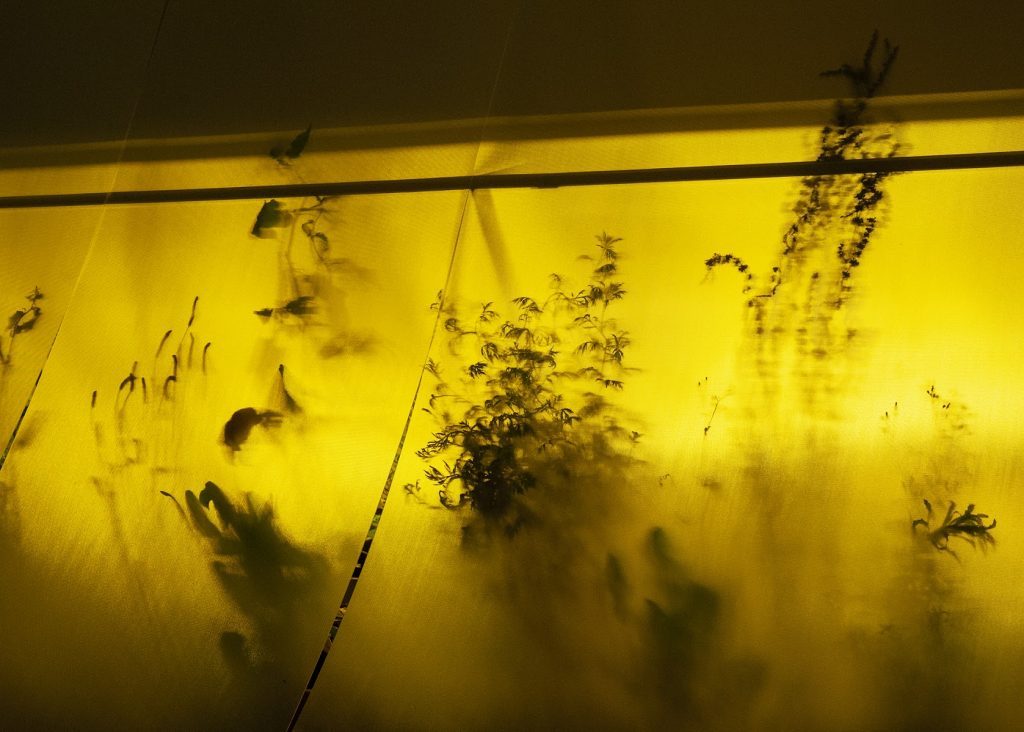
Your work began as large, sculptural installations with sound elements, and really particular aesthetic. Your work now seems to be going in new directions from video to earthworks. What do you find interesting about how your work is shifting? How does connect to the work you are best known for?
It was a natural transition. Conceptually, I am exploring further many ideas that I have been preoccupied with for a very long time now. Things are also evolving. I’m still interested in mythological ecosystems and how they relate to existing ecosystems. I’m still digging into the deep past and the far future to understand the present(s). I am also still exploring parallel presents and their possible multitude. I had huge desire to bring more texture to my work. I never really talked about this – I’m thinking out loud. But I always felt that there was a lot of texture to my research and my conceptual thinking. And there was a big gap between what I was presenting as pure, raw experiences of death and life and states in between. These semi-mythological presences. There was a gap between that and all the texture that was happening before getting there. I started to wonder, what if I would bring that texture more to my sculptural and installation work? What would happen then?
For a long time, I was interested in accelerating life to a point where death doesn’t exist anymore, and analyzing what that could mean, and the horror that is triggered as a result. I then went on a quest exploring transcendence and how we can exist beyond our physical body. How can our existences persevere in eternal cycles? And I got much more interested – it’s been three years now – in our physical shells and inner worlds. Our imaginaries, dreams and how they crack, how they melt. How they maybe get reborn. I felt especially during the pandemic that we all had to almost collapse to get reborn. We were really lonely. It was very much about survival and then regeneration. It was a transition that started early 2020, when I was doing my explorations on weeds and the soil, that then gave birth to ‘Surface Horizon’ at Lafayette Anticipations.
…
Let’s talk about research. Even just looking at your Instagram, when you were going around all these crazy postmodern buildings. We could feel your research process, this flow. What sparks your interest and draws you in? What makes you look at something?
That’s a really good question. I think it depends. Last year I went with my partner to the north of Australia, we crossed the Northern Territory from Darwin to Broome. It was amazing. I never travel with something specific in mind. I discovered the termite mounds there in Australia. I became completely obsessed. I downloaded this book that’s called ‘The Soul of the White Ant’ by Eugène Marais, written in the 30s. We were listening to this audiobook, as we were driving through the mounds. I’m encountering something and sometimes it clicks because it speaks to a broader concept that I’m interested in.
For a while, I had been thinking about how we could become collective bodies, how could we merge within the greater whole of Life. For a long time, I had been making bodies that are individuals – a vessel unto themselves, that would become communities as they would be brought together, for example, the elephant family mourning their matriarch in ‘FOXP2’ (2016), or ‘The Dancers in High Tide’ (2019). This time I wanted to create bodies, that would be the sum of their parts. I discovered the termite mounds. I was listening to this audio book. I connected the mounds to beehives and all the collective structures built by insects and also to the concept of human community centers. These concepts are also connected to my project in Colorado, ‘Orisons’. I feel we need to merge within the greater whole of life. It’s not so much about will we survive as a human species that really matters. It’s more about having the confidence that life will make it through all these different crises, and we need to nurture life around us. There are forms of life that will survive us. How can we take them as our guides or companions to understand how to navigate our own futures?
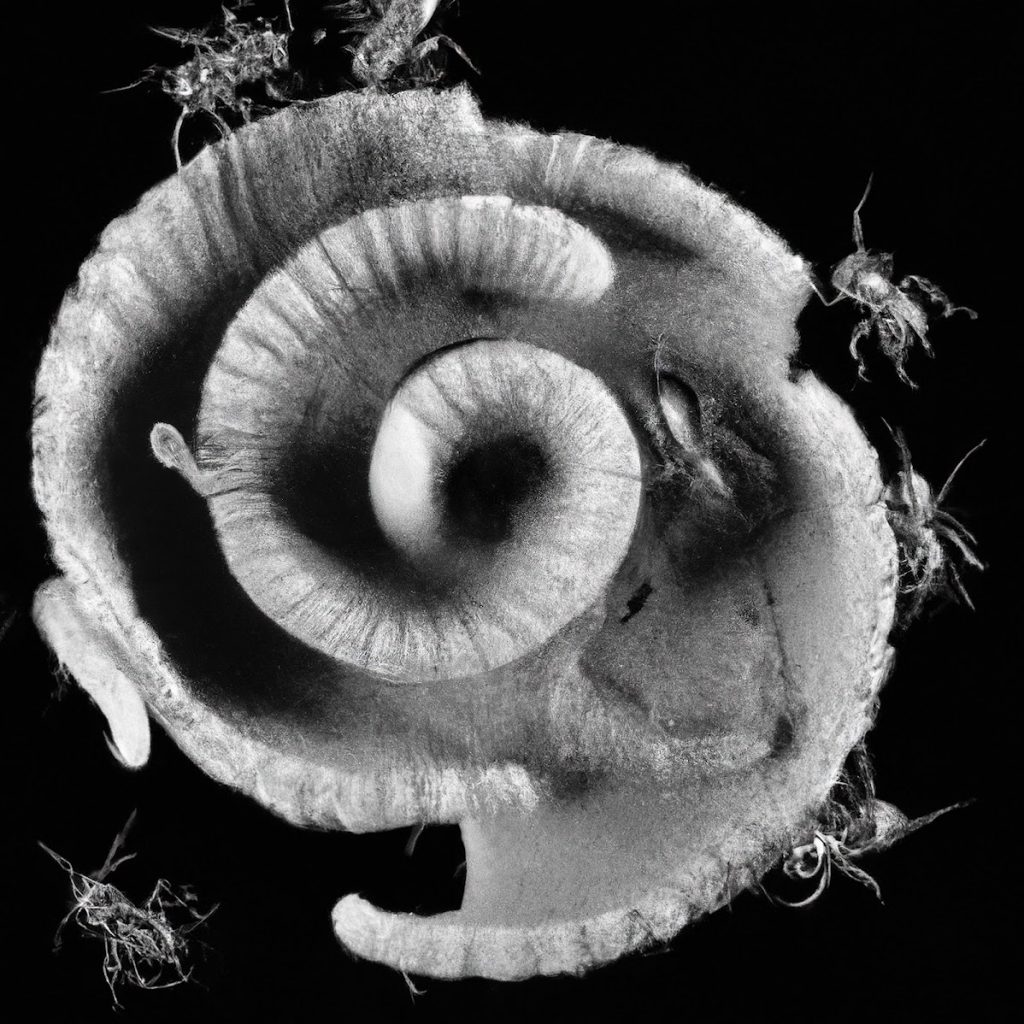
Meys is on show at White Cube Bermondsey April 5 to May 14
Full Interview by Twin’s Art Editor Francesca Gavin in this issue of Twin
Images:
Marguerite Humeau
Migrations (El Niño, La Niña, Kuroshio), 2022, Installation view,
59th Biennale di Venezia.
Courtesy the artist, C L E A R I N G and White Cube
Photo: Roberto Marossi
Marguerite Humeau
The Oracles of the Desert (detail)
2021
Steel, diamond drum cut prismatic light diffusers, aluminium dibond, Plexiglass, Plywood, grow lights, pale amber gold filters, clay soil, mattress foam, clairvoyant, plants variable dimensions, bioindicator plants : Greater Plantain / Plantago major, Annual Mercury / Mercurialis annua, Buck’s-Horn Plantain / Plantago coronopus, Ribwort Plantain / Plantago lanceolata, Broad-Leaved Dock / Rumex obtusifolius, Nipplewort / Lapsana communis, Ragweed / Ambrosia artemisiifolia, Common Amaranth / Amaranthus retroflexus, Fat-Hen / Chenopodium album, Curled Dock / Rumex crispus, Canadian Fleabane / Erigeron canadensis, Cuckoo-Pint / Arum maculatum, Hairy Bitter-Cress / Cardamine hirsute
561 x 654 x 381.3 cm
Courtesy the Artist, C L E A R I N G New York/Brussels
Image Credit: Julia Andréone
Marguerite Humeau Collective Effervescence 2023 Human and AI-produced digital video, silent 2 min 35 sec, looped © Marguerite Humeau. The artist generated this image in part with DALL-E, OpenAI’s image-generation model.
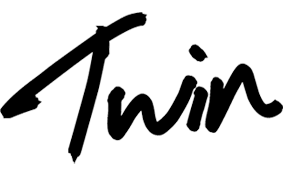
 PREVIOUS
PREVIOUS
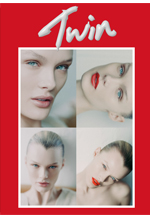
 Twitter
Twitter
 Tumblr
Tumblr
 YouTube
YouTube
 Facebook
Facebook
 Instagram
Instagram
